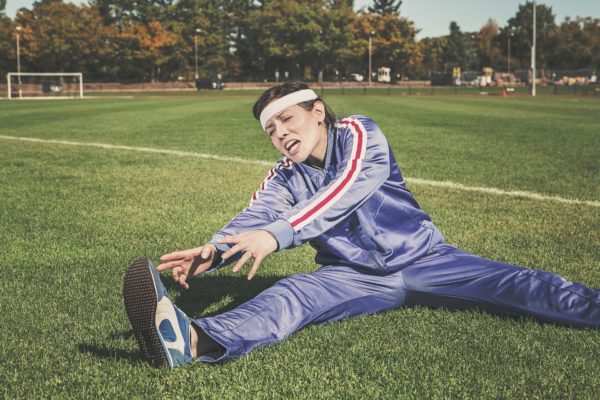After a long winter with many avoiding indoor gyms and sports for the sake of Covid safety or just due to disrupted routines, the urge from desk-bound business professionals to get up and start running, golfing, biking or otherwise playing is strong. But while many may be ready to forget their months of inactivity, the human body does not quickly forget that time spent on the couch.
“If you’ve been relatively inactive for a period of time, and we’ve all been hibernating over the winter, you really want to get out there and run around on the first day,” said Dr. Daniel H. Blatz, a specialist in physiatry and sports medicine at HSS Orthopedics at Stamford Health. “But a lot of times what people do is they overdo it, especially on that first day or week or even month.
“This is not rocket science,” Blatz continued, “but one of the main things is just trying to slowly ramp up your activity regimen. So, if you were running five miles a day in the fall but stopped in the winter, you wouldn’t want to start running as far right from the get-go.”

According to Blatz, the necessity of warm-ups and cool downs stem from tissues throughout the body taking time to adapt to changing conditions. Tissues such as muscles or the cardiovascular system, which haven’t been used in a while, will take a while to become “perfused” with good blood flow and ready supply of nutrients.
Warm-ups help those tissues ensure they have access to what they need, while cool downs help regulate the withdrawal, with repeated consistent exercise ensuring they can hold more oxygen and nutrients and last longer, improving energy levels and avoiding injury.
John Giametta, a physical therapist with HSS Sports Rehab at Chelsea Piers in Stamford, agreed with the necessity of warming up before exercises as a way to avoid injury and ensure health.
“People always ask me what kind of warm up to do, and what I usually recommend is some sort of dynamic warm-up that kind of simulates what you’re going to do,” Giametta said.
A good warm-up will stimulate muscle groups that will be used in the sport about to be played or the exercise to be performed. Both Giametta and Blatz recommend against continuing with the full exercise if any sort of pain or major discomfort shows up during warm-ups.
According to Giametta, passive stretching before activities is no longer recommended, and Blatz shared his view that an ideal warm-up should be rigorous enough to break a light sweat.
While it is true that improving fitness often includes pushing oneself, Blatz said that in addition to trusting their instincts, athletes should pay special attention to pain that causes them to break their form.
“If you start to modify your gait while running or modify your stroke while swimming because of a pain you should stop,” he stated. “If you start to limp because of discomfort, you should call it quits because that’s going to throw off your entire biomechanics and could cause a separate injury.”
Both experts also prided themselves on practicing what they preach. They play multiple sports, which help provide cross-training benefits and are sure to warm up before every event.
Blatz even warms up before playing tag with his daughter.
“I’ll run up and down my street a couple of times you know, jog a bit,” he said. “Tag can be intense because you have to sprint for short distances and a lot of us don’t sprint much at all these days.”


















